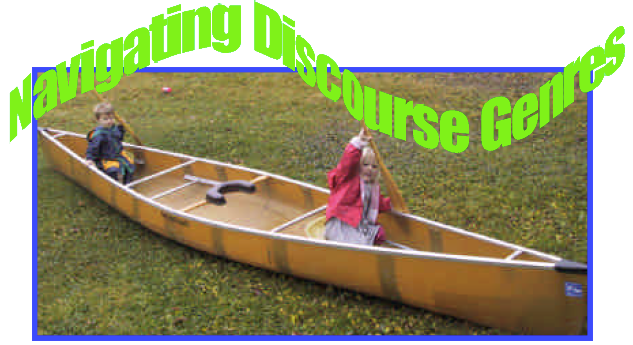
Parallel Texts in American Sign Language and English
on Canoeing in the Boundary Waters
with Eric Larson and Jenny Stenner
Interpretations by Anthony Verdeja
Below the description, you will see the contents from this resource.
—
This resource was originally created as a CD-ROM but is now available on line. It introduces ways of analyzing discourse genres through some specially created texts. Eric Larson, an English speaker, and Jenny Stenner, a native user of ASL, are both frequent visitors to the Boundary Waters Canoe Area Wilderness in northern Minnesota. They were both asked to talk about canoeing in the BWCA, but with different goals in mind, in order to show how language changes across different genres. The genres represented by the texts are:
- Narrative: Recounts a series of events ordered more or less chronologically
- Procedural: Gives instructions as to the accomplishing of a task or achieving of an object
- Hortatory or Persuasive: Attempts to influence conduct of listener
- Explanatory: Seeks to provide information required in particular circumstances
- Argumentative: Attempts to prove something to the hearer
The texts are structured in such a way that users can compare and constrast across langauges: that is see how ASL and English handle procedural texts in different ways. Or you can compare within a language to see how it changes whether it is a narrative or an argumenative text that you are viewing. (It’s important to recognize the limits of comparing two isolated speakers–particularly when they are of different genders–but this offers many opportunities to begin asking some significant questions which can contribute to improved understanding of language and more quality interpreting.)
To assist this task of analysis, outlines or transcripts are provided for all of the texts, as well as a suggested framework for doing discourse analysis. Furthermore, there are suggested resources for further study.
Finally, Anthony Verdeja, a certified interpreter, offers sample interpretations–but in a new light. His are not polished interpretations that come after significant preparation, but are working interpretations that allow another opportunity for discourse analysis and to see how one interpreter manages challenging situations.